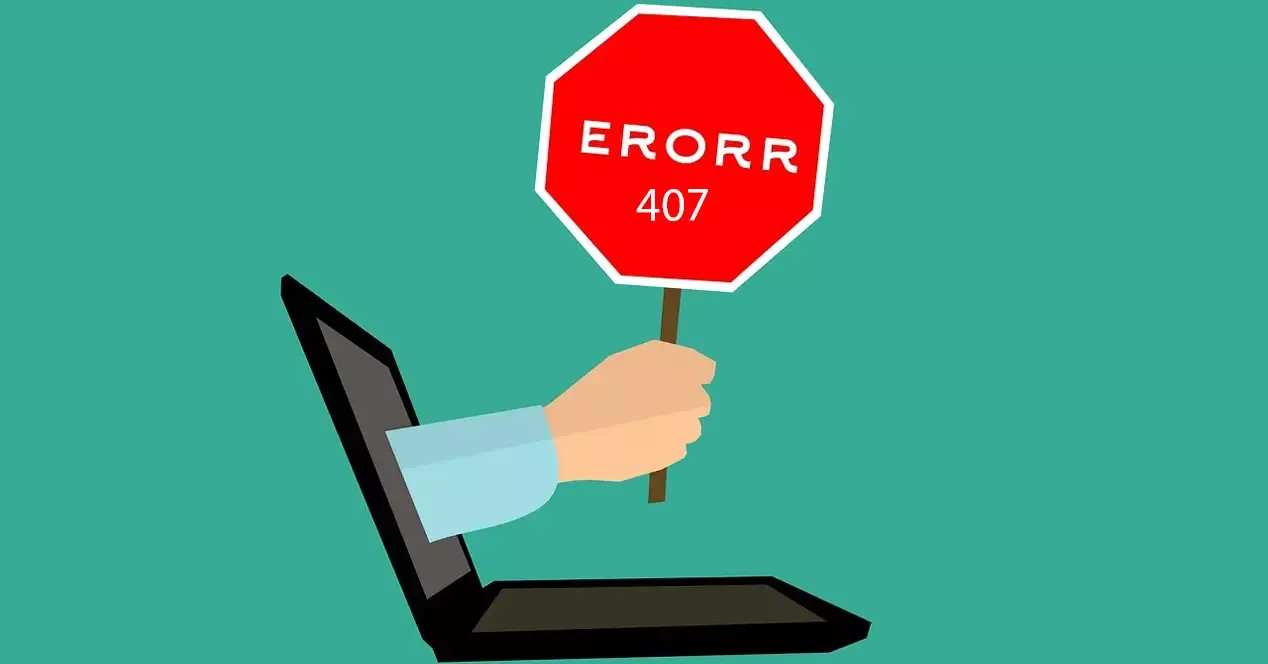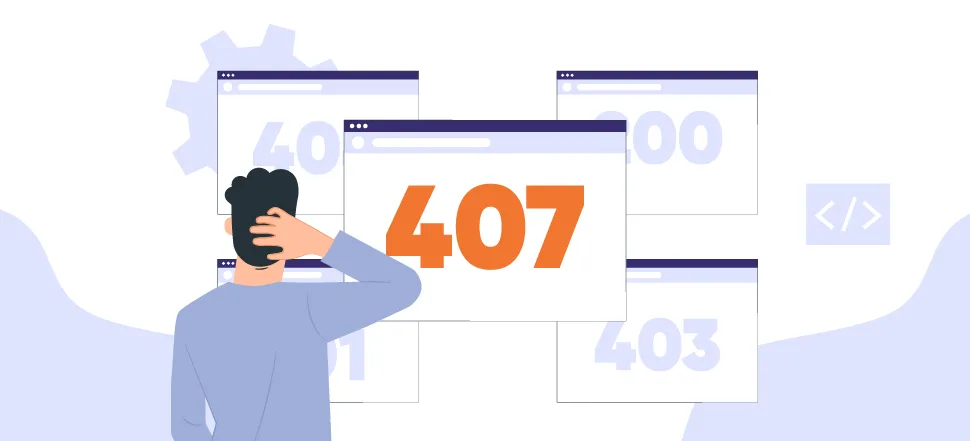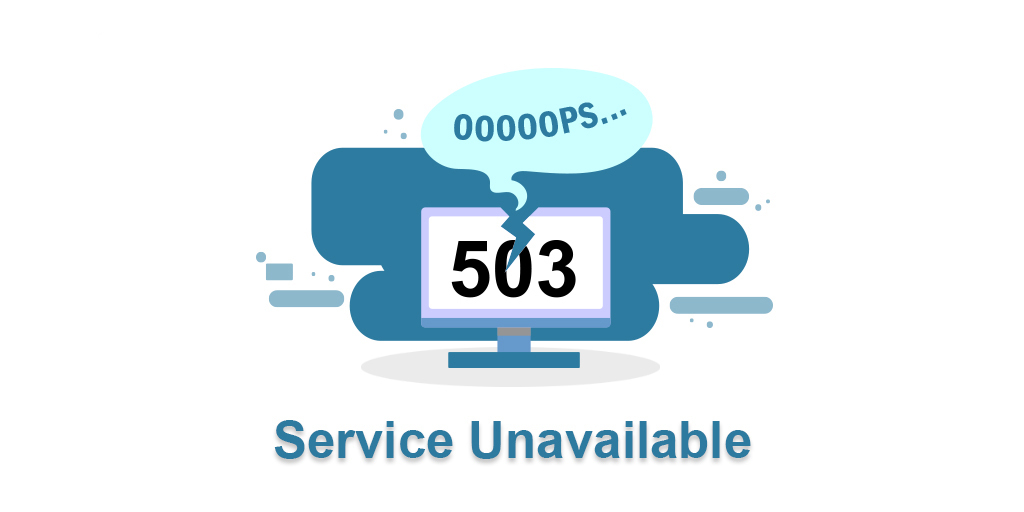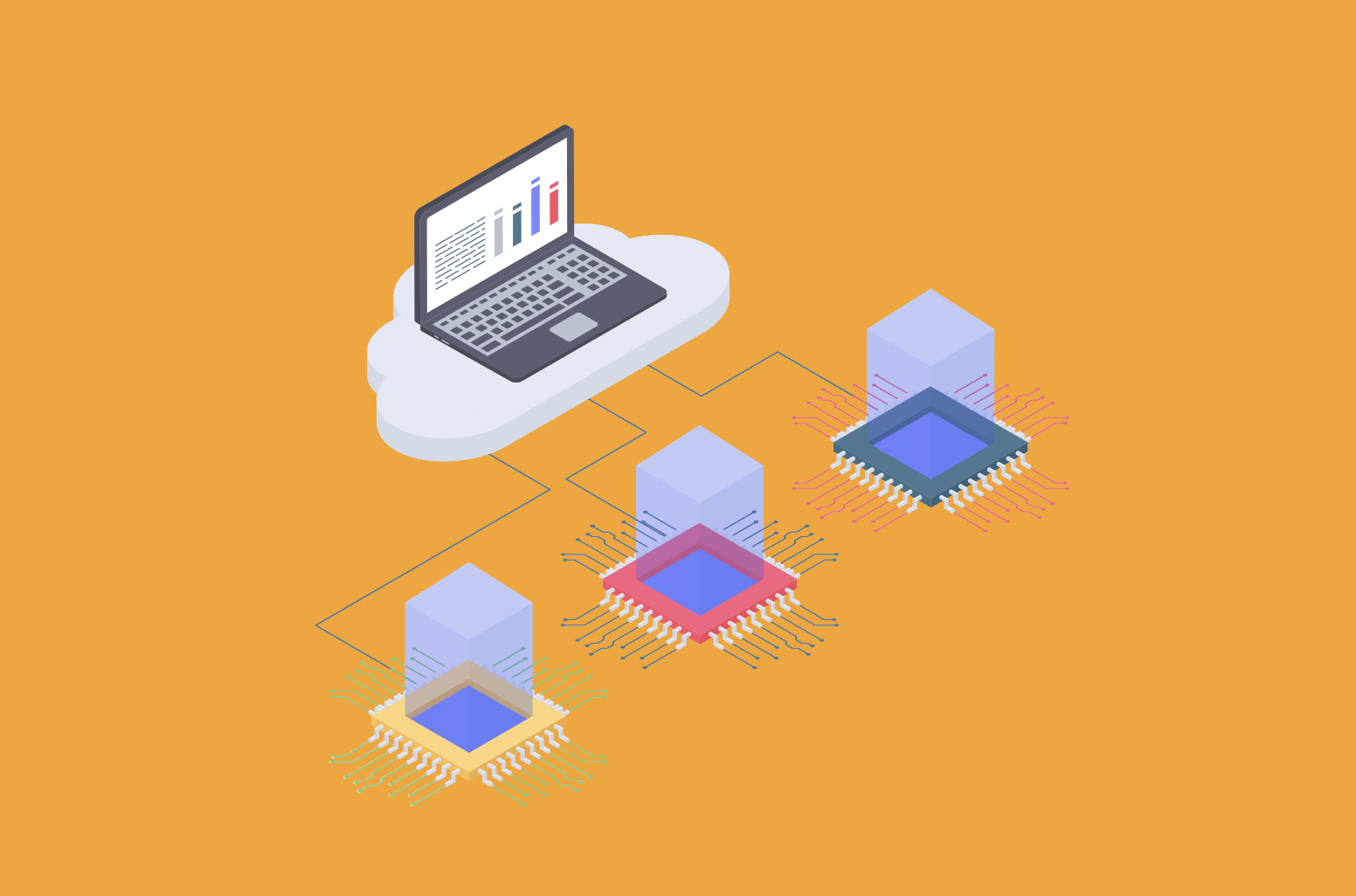The 407 Error is a type of HTTP status code that indicates that attempted access to a web server has been refused due to lack of authorization. This error occurs when the requested resource requires authentication and either no valid credentials were provided or the ones provided do not match those required on the server.
In other words, this error means that the user does not have permission to access the page they are trying to reach. As such, it is important for site owners and administrators to be aware of this particular type of problem so that they can take steps toward resolving it as quickly as possible.
Causes of the 407 Error
The main cause of the 407 Error is an authentication issue. This occurs when a user attempts to access a resource on a web server but the credentials they are using are either not valid or do not match those required by the server. Other causes may include:
- Attempting to access a page that requires authorization with no credentials provided, or if there is an incorrect URL entered into a browser window. In some cases, this error can also be caused by a misconfigured proxy server or firewall settings which can prevent users from accessing certain websites and services.
- Additionally, it could also be due to outdated software running on the system which fails to support more modern authentication protocols used for secure connections.
- In addition to these technical causes, human errors such as typing wrong username/password combinations can result in this error code being generated as well. It is important for site owners and administrators to ensure that all passwords are kept up-to-date and securely stored so that only authorized personnel have access to them in order to avoid any potential security issues arising from unauthorized use of resources.

Incorrectly Configured Proxy Server
A misconfiguration in the settings of a proxy server can cause incorrect proxy settings. This could be due to an outdated or incompatible version, incorrectly set up access control lists (ACLs), or if the wrong protocol is being used for communication with the client. In some cases, user error may also be responsible for this issue such as accidentally changing a setting while attempting to configure something else.
Incorrect Proxy Server Authentication Credentials: If authentication credentials are incorrect, then it will often result in a 407 error when trying to communicate with the proxy server.
This can happen if someone has forgotten their username and/or password, if they have changed since the last time they were used, or if there was an issue during setup that caused them to become corrupted. Additionally, any attempts at bypassing security protocols by manually inputting invalid credentials would also trigger this kind of error code.
Blocked by firewall or antivirus software
Another step in identifying the source of a 407 error is to check whether any firewall or antivirus software may be blocking access.
This can usually be done by opening the settings of such programs and searching for any rules that might have been set to restrict the website being accessed. If specific restrictions are found, they should be removed or adjusted as needed. If the source of a 407 error is suspected to be from firewall or antivirus software, it can be helpful to temporarily disable this software in order to test if it’s causing the issue. This should only be done for short periods of time and all security settings should be re-enabled once testing has concluded. It’s important to note that disabling these programs will leave your device vulnerable, so make sure you understand any associated risks before proceeding.
If you determine that firewall or antivirus software is blocking access, try configuring its settings accordingly. Many programs allow users to add exceptions that will bypass restrictions on specific websites or services—this could help resolve a 407 error if this option is available. Additionally, check whether there are any other rules set up which might prevent access—these may need to be removed in order for the website or service being accessed work properly.
Finally, verify that your internet connection itself isn’t preventing access by checking its configuration and ensuring everything is set up correctly. Make sure all necessary ports are open and no additional restrictions have been applied which could block certain websites from loading correctly—this could also lead to a 407 error code in some cases. Additionally, ensure your browser is up-to-date with all relevant patches and updates installed as older versions may not function properly when accessing certain sites online

Malware or spyware
Malware and spyware can cause a variety of performance-related issues when present on a user’s device, including the occurrence of 407 error messages. This type of error occurs when a malicious program redirects requests through its own proxy server in order to gain access to confidential information or other resources available within the same network. In addition, malware and spyware can be used to block or corrupt basic network communications such as web page loading times and data transmission between two computers – resulting in significant performance degradation for users. Furthermore, these malicious programs are capable of stealing personal information from users without their knowledge which could lead up security breaches if left unchecked by organizations hosting services with sensitive data stored them.
To combat these threats it is important that individuals take steps ensure their machines remain secure against potential attacks by installing reputable anti-virus software solutions along with regularly updating other software accordingly reduce risk infection from malicious code thus avoiding occurrences 407 errors due presence unwanted spam via email; unauthorised access granted viruses/worms; changes system configuration made Trojans etc… Taking preventative measures like this should help keep devices safe while browsing online so everyone can enjoy worry free experience working/browsing internet as well protecting themselves any potential security risks may arise due occurrence 407 errors caused by malware & spyware.
In order to defend against malicious software and spyware, users should first install reputable anti-virus software on their machines. This type of program will detect and block any malicious code before it is able to infect the user’s device – thus greatly reducing the chances of a successful attack
How to Troubleshoot the 407 Error
The first step in troubleshooting the 407 Error is to identify what type of authentication protocol is being used. Depending on the specific system, this could be Basic Authentication or a more secure form such as Kerberos or NTLM.
- If you are unsure which protocol your server is using, contacting your hosting provider should provide you with the necessary information needed to continue with troubleshooting efforts.
- Once the authentication protocol has been determined, it’s important to check that all credentials provided by users match those required by the server and that they have not expired or been changed without notice.
- Additionally, any proxy servers or firewalls should also be checked for any misconfigurations which could cause a blockage of access requests from certain locations.
- Finally, if none of these steps resolve the issue then it may be necessary to contact technical support for additional assistance in resolving this error code.

Conclusion
In conclusion, the 407 Error is an HTTP status code that indicates a lack of authorization when attempting to access a requested resource on a web server. It can occur due to several different factors such as incorrect credentials provided by users, misconfigured proxy servers or firewalls and outdated software which fails to support modern authentication protocols.
As such, it is important for site owners and administrators to be aware of this potential issue so that they are able to quickly identify and troubleshoot any problems arising from unauthorized access attempts. Taking proactive measures such as regularly updating passwords and checking firewall configurations will help ensure that resources remain secure from external threats while also minimizing the risk of experiencing this error in the future.
In conclusion, the 407 Error is a response code issued when authorization is required to access a web page or resource. Common causes of this error include incorrect proxy settings or an ISP over-blocking.
Thankfully, troubleshooting the 407 Error is straightforward; users can easily clear their web browser cookies, disable any proxy services, and contact their ISP if necessary. Knowing what the 407 Error indicates and its causes can help users quickly identify and remediate the issue without panic.

Nadejda Milanova
An experienced Content creator in the field of Search Engine Optimization (SEO) and WordPress. A true proffesional with a Master's degree focused on journalism.
Read more by Nadejda Milanova





